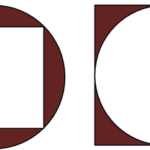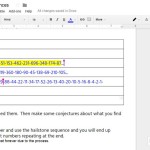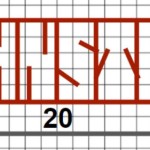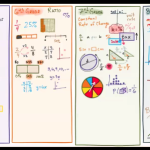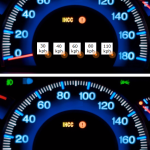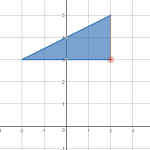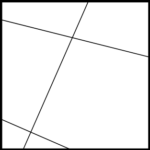
Twitter-Length Tasks – Intersecting Lines
Twitter-Length Tasks can be quickly and simply explained, yet allow for extensive exploration. Draw a line segment inside a square the stretches all the way to the edges of the square.Draw an intersecting line segment. Draw another line segment so that each line only has one intersection point inside the square.How many line segments can you add to the square making… Read more →

